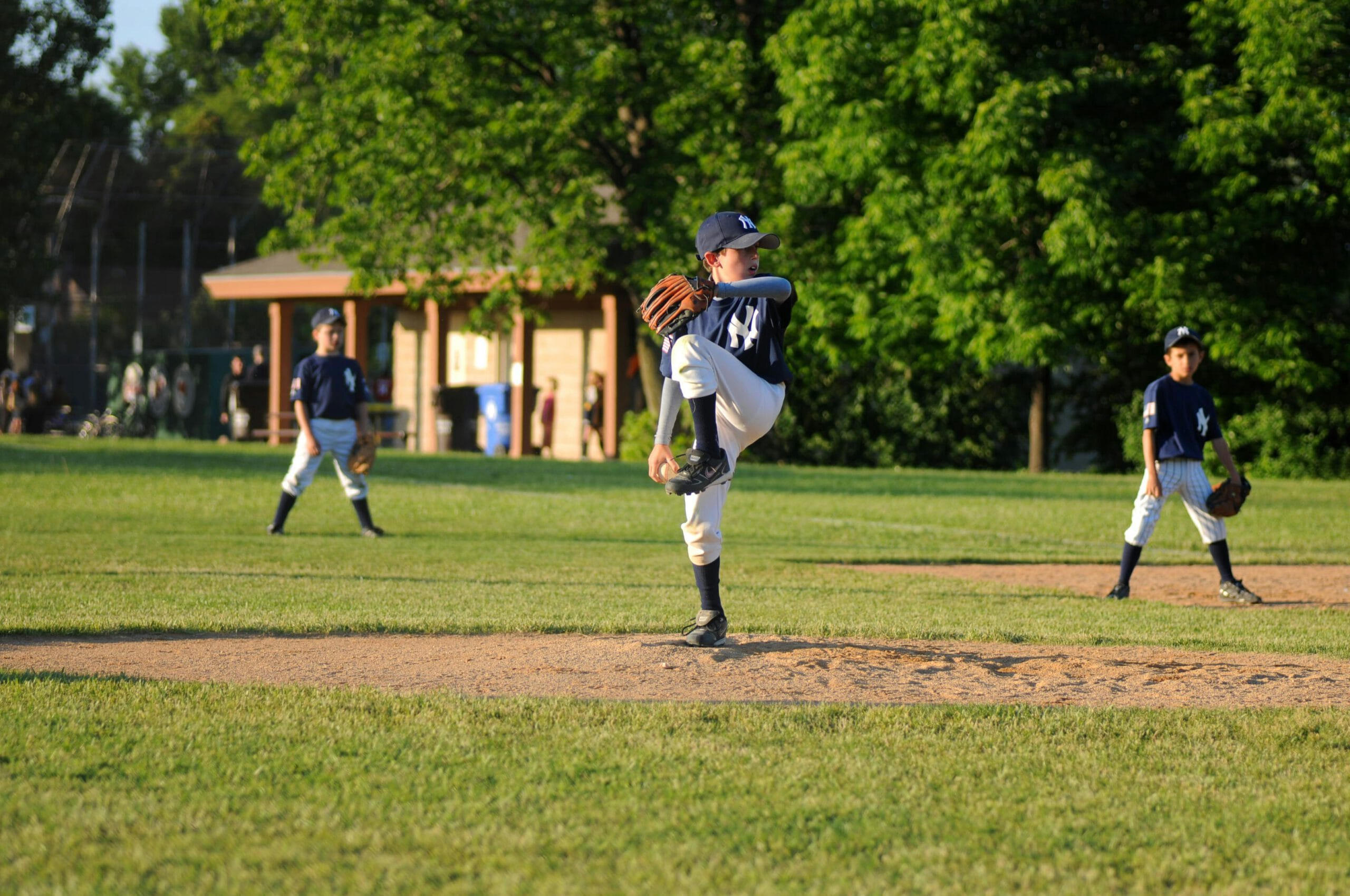Average Baseball Pitching Speeds by Age
Voor coaches Voor ouders Honkbal pitching
For many young baseball players and their coaches, pitching speed is an important benchmark for development. But how fast should you be throwing at a certain age or level? That’s a question coaches and parents often ask themselves. At coachball.app, Reinier and Wesley understand that it’s not just about throwing gas; it’s about proper technique, safety, and having fun on the field. “We created coachball.app to help coaches and parents track progress without getting caught up in numbers alone,” says Wesley. Whether you’re working with rookies learning their first curveball or more experienced players sharpening their fastball, pitching speed is just one piece of the puzzle. If you want to get a better idea of typical pitching speeds by age group or skill level, check out our [pitching speed guide](https://coachball.app/pitching-speed). Remember, progress isn’t a straight line — it’s all about consistent practice and enjoying the game. So, grab your glove, keep your eye on the ball, and let coachball.app help you coach smarter! As Reinier likes to say, “Great players aren’t born fast—they’re built over time.”

Reinier Sierag
For many young baseball players and their coaches, pitching speed is an important benchmark for development. But how fast should you be throwing at a certain age to be “on track”? This article gives you insight into the average pitching speeds by age group and offers tips to help young pitchers grow strong and healthy.
Average Baseball Pitching Speeds by Age
Below is an overview of the average fastball speeds by age, based on available data. Keep in mind: speed is just one piece of the puzzle. Control, pitch repertoire, and injury prevention are just as important.
- 8 – 10 years old: 40 – 50 MPH
- 11 – 12 years old: 50 – 60 MPH
- Ages 13 – 14: 60 – 70 MPH
- 15 – 16 years old: 70 – 80 MPH
- 17+ years (high school): 80 – 90+ MPH
What does this mean for the development of young pitchers?
It's important to see these averages as a guideline, not a rule. Every player develops at their own pace. It's better to focus on technique, strength, and mental toughness rather than just speed.
Pitchers who focus too early on throwing harder often risk injuries. A solid foundation in technique and plenty of rest are essential to stay healthy and achieve better results in the long run.
Tips for Baseball Coaches and Parents
How can you support your pitchers to grow safely and effectively? Here are five practical tips:
- Choose quality over quantity. It’s not about how often you pitch, but how well you do it. Focus on controlled practice sessions where technique takes center stage.
- Work on strength and mobility. A strong lower body position and shoulder mobility are key for a stable and powerful throw.
- Avoid overuse. Younger players need plenty of rest between starts. Use pitch limits and give the arm time to recover.
- Mental training counts. Help young pitchers build mental toughness. How do you handle pressure or setbacks on the mound? These lessons are just as important as physical training.
- Regularly check the technique. A pitching coach or video analysis can help ensure the right biomechanics and prevent injuries.
Conclusion
Average pitching speeds are a helpful guideline, but the real success of a pitcher lies in their overall development. Technique, physical strength, mental toughness, and enjoying the game are the foundation for success. Above all, keep valuing the process more than the numbers on the radar gun.
Personally, I think a pitcher who can throw strikes when it counts is more valuable for the overall fun of the game and their development than just speed. So that’s where I focus. That said, sometimes it’s great to just throw really hard with no limits or restrictions—so we do that occasionally in practice.
There are also coaches with theories who believe that the pitcher should first focus on throwing as hard as possible, and only afterward work on accurately placing the ball in a second spot.
Want to learn more about the development of young baseball pitchers or looking for targeted training sessions? Get in touch with CoachBall.app or tune into our podcast for insights from experienced baseball coaches.
The article Average Baseball Pitching Speeds by Age originally appeared on Coach Ball.
